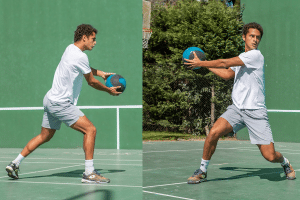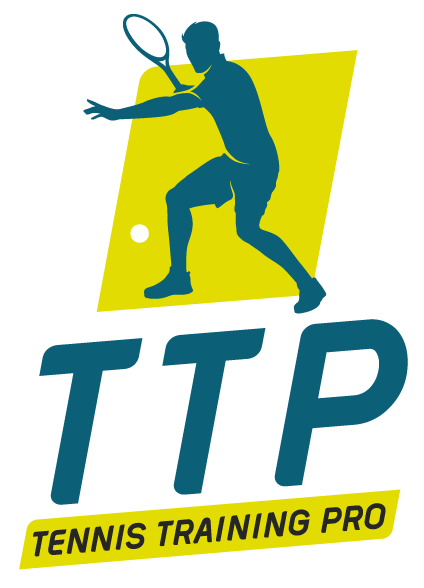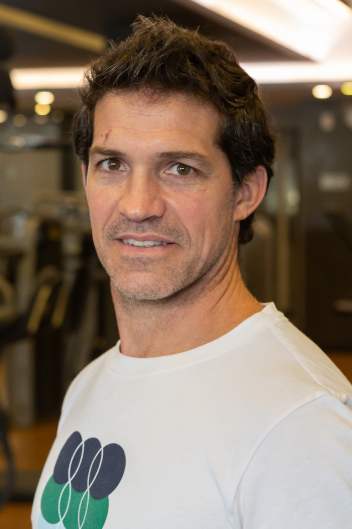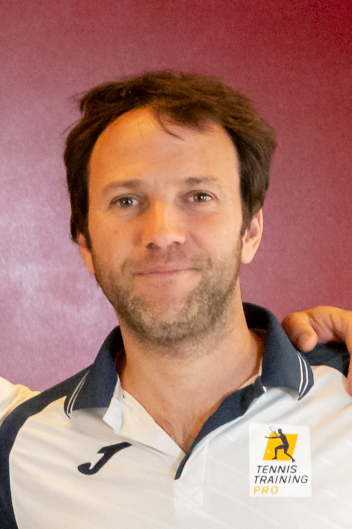Increase in Strength Applied to Tennis
06 de August, 2024
By Martín Beccaria and Santiago Pelayo
Nowadays, strength training is essential in an athlete’s life due to the multiple benefits it provides.
Let’s start by defining the concept of strength:
- Strength in the sports field is understood as the immobile capacity of the muscle to produce tension when activated.
- Strength from the physics point of view can be defined as the muscle’s ability to produce acceleration or deformation of a body, maintain it, or stop its movement.
- Useful strength in the sports field is the one we can apply or manifest at the speed at which a sports gesture is performed.
According to Harman (1993), the most precise definition of strength is the ability to generate tension under specific conditions defined by body position, the movement in which the force is applied, type of activation (concentric, eccentric, plyometric, isometric), and the speed of the movement.
The improvement of strength is a crucial factor in all sports activities and, in some cases, determinant. It can never be harmful if developed correctly. Only poorly guided work, seeking strength for its own sake without considering the characteristics of the sport, can negatively affect specific performance.
Technical action of the stroke
As we mentioned recently, strength plays a vital role in most sports. That is, anyone who has never trained strength correctly will find multiple benefits in all general abilities, such as jumping, running, throwing, and feeling less pain when practicing a sport, etc. It is also important to consider that if we want this strength to impact the execution of strokes we make on the court, we will need to resort to actions that have greater similarity to tennis itself. This is where the use of useful strength comes into play, where we will try to improve and work on all tennis-specific strength exercises.
We must understand that we need to look for exercises that have similarity to the actions that usually develop on a tennis court.

In these images, we compare a useful strength exercise with a real game situation (gesture worked in the gym similar to one on the court).
We must be careful with what we consider specific; for this, the exercise’s objective will be very important. Working with various elements and varied loads such as MB with bounce, MB without bounce, conical pulley, paddle, etc., will provide us with multiple benefits in improving the sports gesture applied to game situations.
In conclusion, working on different types of strength, both general and special, would be appropriate for optimal performance on the court.

 ES
ES EN
EN PT
PT



